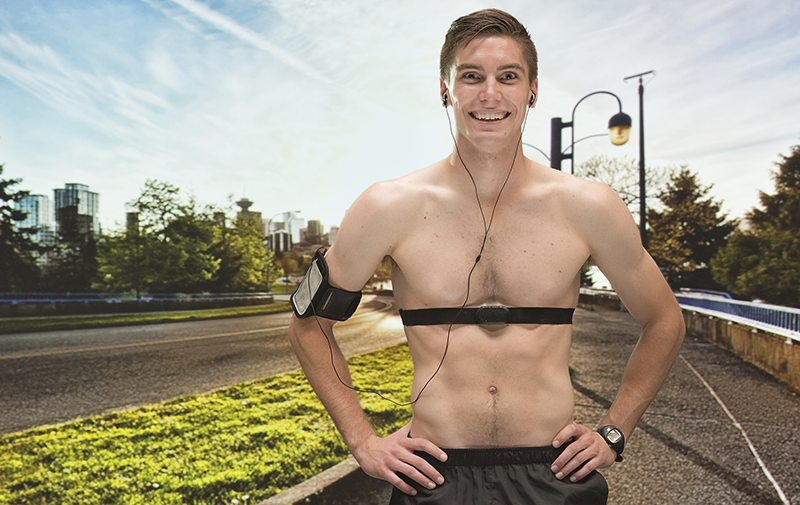Nipple-Free Males 'Almost a Reality,' Say Researchers
/artist's conception
For men who run, few things are as painful as badly chafed nipples. Especially over long runs or races, repeated friction against a shirt can lead to rawness, cracking, and bleeding.
All of that may soon be a thing of the past, if a team of genetic researchers have their way.
"We have isolated the gene for the male nipple," said Dr. George Bluth, lead researcher at the Institute for Genetic Innovation at the University of Oslo. "And we are confident that we can modify this gene such that it would result in a male born without any nipples whatsoever."
The announcement quickly reverberated among the world's runners, most of whom lauded the news—even though, of course, any such development would benefit the as-yet-unconceived children of these men, not the men themselves.
"No more bloody nipples?" wrote one male runner on Facebook. "Yes please!"
"Hallelujah!" wrote another, who went on to wonder out loud, "Why do we (guys) have nipples in the first place, anyway?"
Not everyone is so excited.
"It does raise some ethical concerns," said Lucille Austero, a bioethicist at Hagerstown Community College in Hagerstown, Maryland. "If this is successful, what's next? Creating humans without other superfluous features, like appendixes? Where does it end?"
Some in the business community agree.
"We are against this so-called 'advance' 100 percent," said Barry Zuckerkorn, a spokesman for Nip-Shieldz, a maker of adhesive nipple-protection strips. "We feel men should run the way nature intended—with tender, sensitive nipples."
"These scientists are playing God," he continued," and Nip-Shieldz condemns their research in the strongest possible terms."
Representative for the brands Band-Aids, Vaseline, and Shout stain remover voiced similar objections.
For his part, Dr. Bluth remains unfazed.
"I am confident that within a few decades' time," he said, "running shirts with dual chest-level blood stains will be a relic, consigned to museums."
Many are speculating that Dr. Bluth and his colleagues are also at work on developing a human embryo with a self-strengthening core, though he would neither confirm nor deny that.
"For now," he said, "our focus is completely on the nipple."




